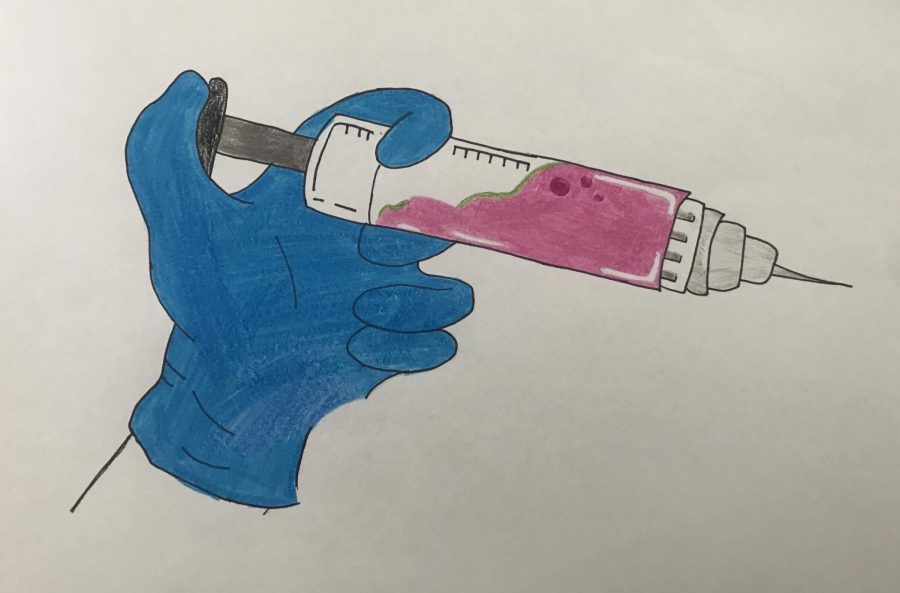The Start to Normalcy: Vaccine Distribution
March 21, 2021
Vaccines are critical to fight against any virus. Vaccines teach our immune systems how to fight the virus, so in receiving the vaccine, it would essentially teach the body how to fight against COVID-19.
According to the Center for Disease Control (CDC), it usually takes two weeks following the vaccination for one’s body to build immunity against the virus. Meaning, that it is still possible for one to contract COVID-19 within the first two week after taking the vaccine because the body still hasn’t had enough time to build immunity. One can be considered fully immune two weeks after their second dose of both the Moderna as well as the Pfizer vaccine or two weeks after the single dose of Johnson & Johnson’s vaccine.
Millions of people in the United States have received the COVID-19 vaccine, initially prioritizing the elderly as well as health workers at high risk of exposure and now those who are in professions where they are most likely to be exposed to the virus. According to the New York Times, some states require a person to prove that they have a medical condition in order to receive the vaccine, though at least 16 states, do not. At least 12 states allow a person to get a recommendation from a health professional to get a shot, even if their medical condition has not been given priority by the state.
In the state of California, according to Our World in Data, 10.9 million doses have been administered and 3.44 million people (8.72%) have been fully vaccinated. Since the administering of the vaccine the numbers of those contracting COVID-19 have significantly decreased. To put it into perspective, on January 14, 2021 there were 40,684 new cases of COVID-19 in one day, while on March 8, 2021 there have been only 4,171 new cases.
Safe and efficacious vaccines will be a game changer, but for the anticipated future we must remain wearing face coverings or masks, as well as keeping a safe distance from others. Being immunized does not connote that we can throw caution to the wind and put others as well as ourselves at risk for contracting the virus, especially because it is still not certain the grade to which the vaccines can safeguard, not only against illness, but also against infection and the transference of the virus.










Yasmine • Mar 26, 2021 at 2:11 pm
To start off great job! Super informative, I like how you made sure to get your point across in the article. It is something more people should be aware of and I think this piece can really inform those who need it !
Lovleen • Mar 26, 2021 at 2:09 pm
This is such a great article. It was really well-written. I like how you elucidated the significance of staying safe even after getting the vacine.
chloe • Mar 26, 2021 at 10:52 am
Great job! i really appreciated the imagery and description about how vaccines work. i feel very informed about this topic, and thats the goal after reading any news article! well done!
Sydney Harrell • Mar 24, 2021 at 1:41 pm
This article is super informative, and you did such a good job! Your concluding paragraph was also great, and i agree that it’s important to remember to stay safe even after being immunized in order to protect others!
Simran • Mar 23, 2021 at 9:43 pm
This is a really good article. I liked how you described how a vaccine actually works because many people don’t understand how they work and then come to crazy assumptions such as vaccines “change your DNA”